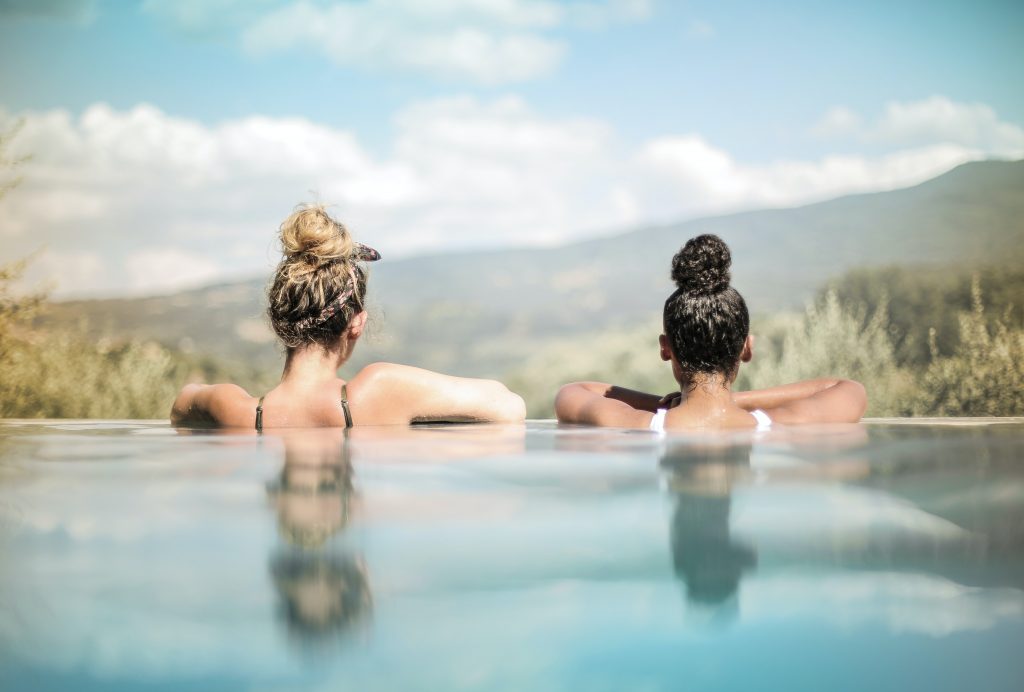Australia has one of the highest rates of skin cancer in the world. Anyone can be at risk of developing skin cancer, though the risk increases as you get older.
The majority of skin cancers in Australia are caused by exposure to UV radiation in sunlight.
Sunburn
Sunburn causes 95% of melanomas, the most deadly form of skin cancer.
In Australia, 1 in 8 adults and 1 in 5 teenagers are sunburnt on an average summer weekend. Many people get sunburnt when they are taking part in water sports and activities at the beach or a pool, as well gardening or having a barbeque.
Sunburn is also common on cooler or overcast days, as many people mistakenly believe UV radiation is not as strong. This is untrue – you can still be sunburnt when the temperature is cool.
Sun exposure that doesn’t result in burning can still cause damage to skin cells and increase your risk of developing skin cancer. Evidence suggests that regular exposure to UV radiation year after year can also lead to skin cancer.
Tanning
A tan is not a sign of good health or wellbeing, despite many Australians referring to a ‘healthy tan’. Almost half of Australian adults still hold the misguided belief that a tan looks healthy.
Tanning is a sign that you have been exposed to enough UV radiation (from the sun or solarium) to damage your skin. This will eventually cause loss of elasticity (wrinkles), sagging, yellowish discolouration and even brown patches to appear on your skin. Worst of all, it increases your risk of skin cancer.
A tan will offer only limited protection from sunburn, usually equivalent to SPF3, depending on your skin type. It does not protect from DNA damage, which can lead to skin cancer.
Some people who use fake tans mistakenly believe it will provide them with protection against UV radiation. As a result, they may not take sun protection measures, putting them at greater risk of skin cancer. More information about fake tans is available in Cancer Council’s position statement on fake tans.
Solariums
Solariums emit UVA and UVB radiation, both known causes of cancer. Cancer Council does not recommend solarium use for cosmetic tanning under any circumstances.
As of January 2016, commercial solariums were banned in all states in Australia. ACT has also banned commercial solariums. There are no commercial solariums operating in the Northern Territory.
More information about solariums is available in Cancer Council’s position statement on solariums.

